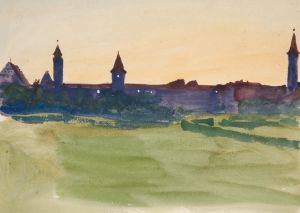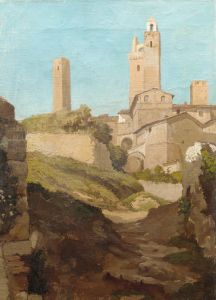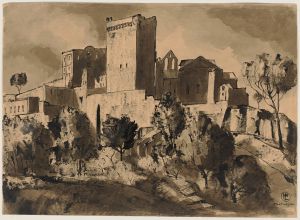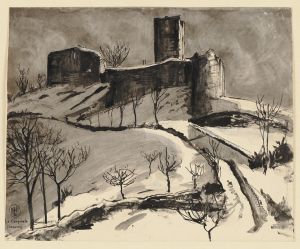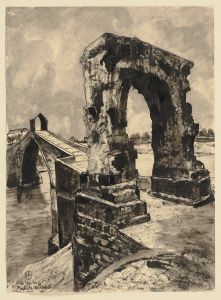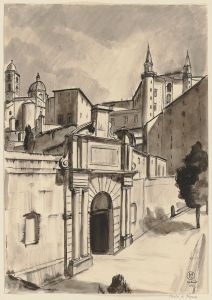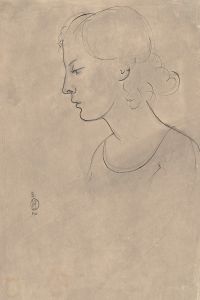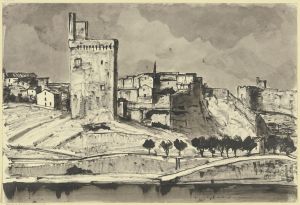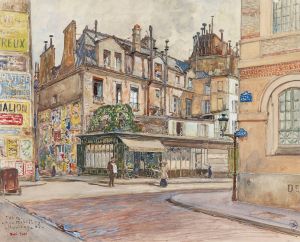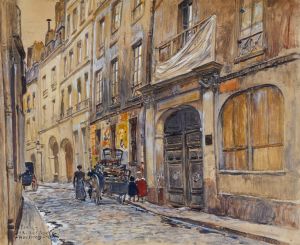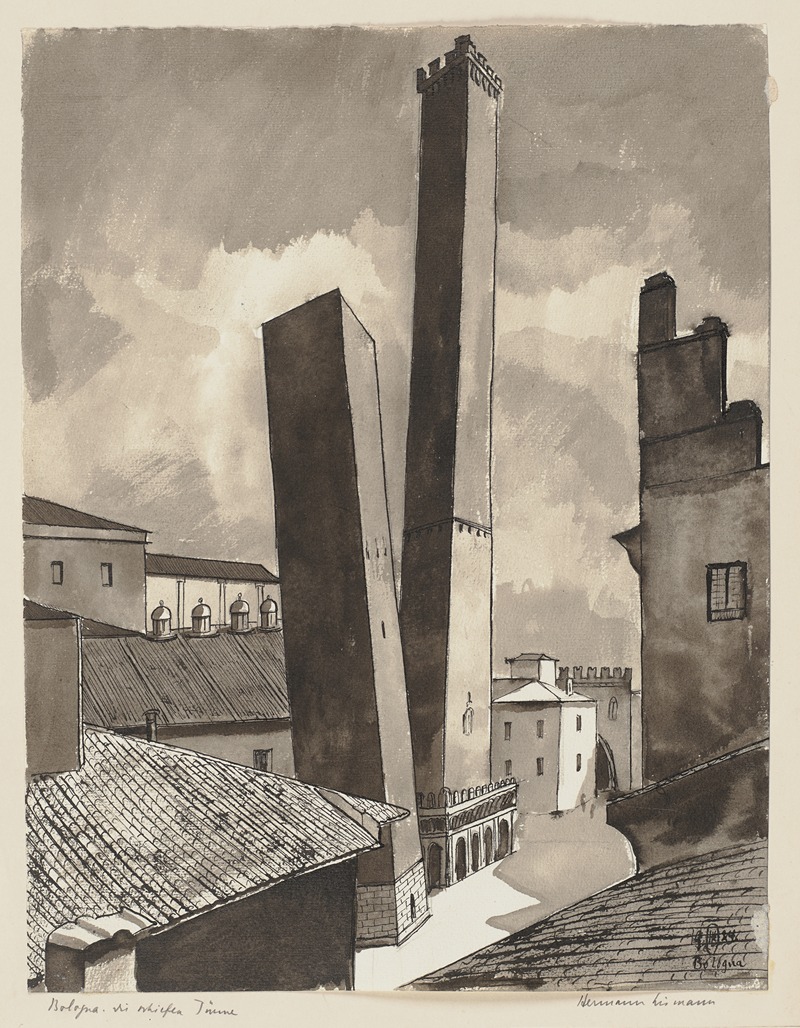
Die beiden Türme Garisenda und Asinelli in Bologna
A hand-painted replica of Hermann Lismann’s masterpiece Die beiden Türme Garisenda und Asinelli in Bologna, meticulously crafted by professional artists to capture the true essence of the original. Each piece is created with museum-quality canvas and rare mineral pigments, carefully painted by experienced artists with delicate brushstrokes and rich, layered colors to perfectly recreate the texture of the original artwork. Unlike machine-printed reproductions, this hand-painted version brings the painting to life, infused with the artist’s emotions and skill in every stroke. Whether for personal collection or home decoration, it instantly elevates the artistic atmosphere of any space.
Hermann Lismann (1878–1943) was a German painter associated with the Expressionist movement. He is known for his vivid use of color and his focus on architectural and urban themes. One of his works, Die beiden Türme Garisenda und Asinelli in Bologna (The Two Towers Garisenda and Asinelli in Bologna), depicts the iconic medieval towers located in the Italian city of Bologna. These towers, the Torre Garisenda and Torre degli Asinelli, are among the most famous landmarks in Bologna and are significant examples of medieval architecture.
The painting captures the two towers, which were constructed during the 12th century. The Torre degli Asinelli, the taller of the two, stands at approximately 97 meters, while the Torre Garisenda is shorter, measuring around 48 meters. The Garisenda Tower is notable for its pronounced tilt, which was caused by unstable foundations. These towers were originally built as part of a trend among wealthy families in Bologna, who constructed such structures as symbols of power and prestige. Over time, many of these towers were demolished or collapsed, but the Garisenda and Asinelli towers have remained standing and are now emblematic of the city.
Lismann’s painting likely reflects his interest in urban landscapes and historical architecture. His work often emphasized the interplay of light, shadow, and color, which brought a dynamic and emotional quality to his depictions of cities and buildings. While specific details about the creation of Die beiden Türme Garisenda und Asinelli in Bologna are not widely documented, it is consistent with Lismann’s broader artistic focus on capturing the essence of place through his Expressionist style.
Hermann Lismann’s life was marked by significant challenges. As a Jewish artist, he faced persecution under the Nazi regime. In 1933, he fled Germany and sought refuge in France. However, during World War II, he was arrested and deported to Auschwitz, where he perished in 1943. Despite the tragic end to his life, Lismann’s works continue to be appreciated for their artistic merit and historical significance.
No further specific information about this painting, such as its current location or the exact year of its creation, is available in public records.





